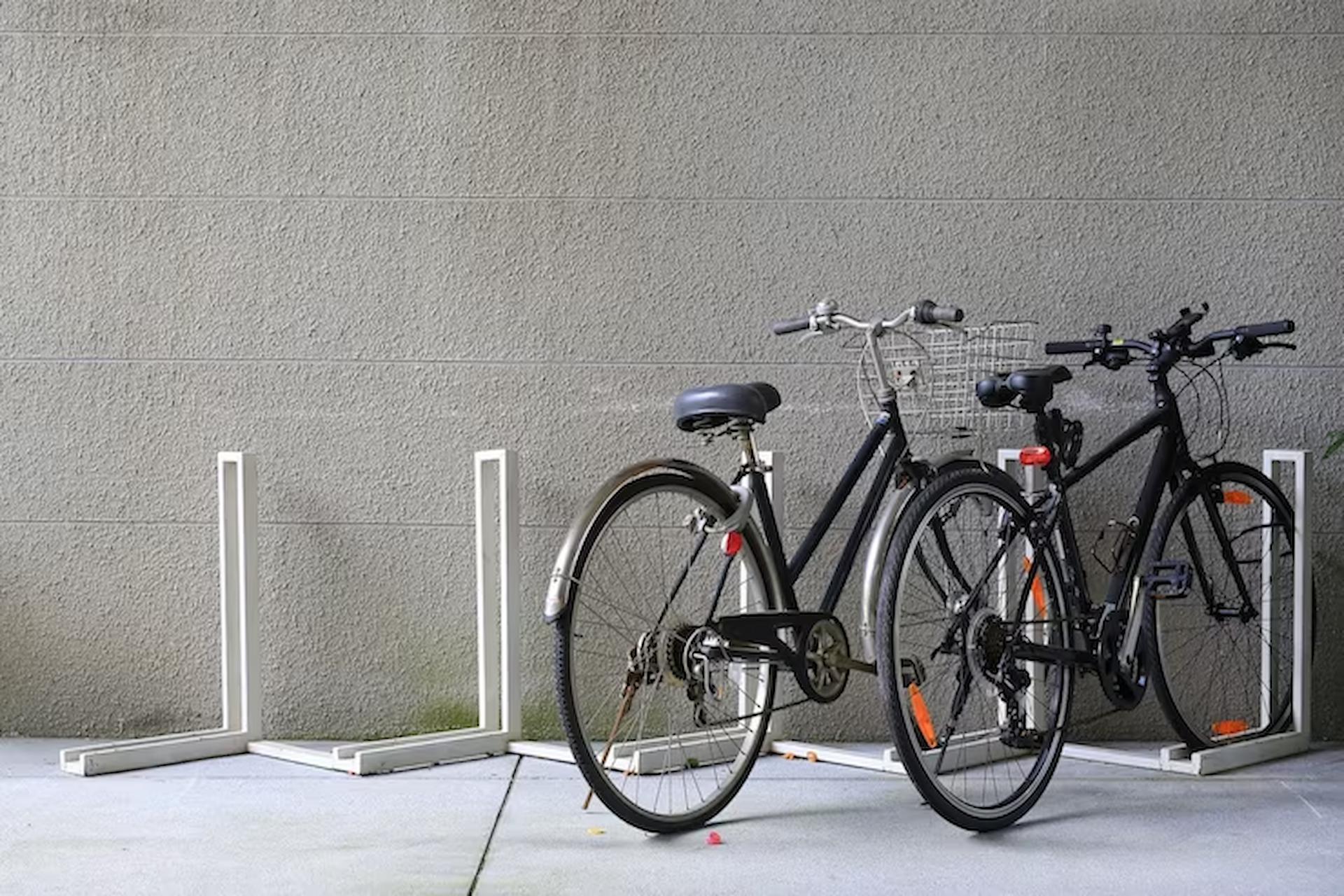Bike racks may alter the game for ardent cyclists. A bike rack makes transporting your favourite two-wheeled partner simpler, whether you’re going on a weekend trip or to work. Finding the right bike rack might be difficult, with numerous options available. This detailed buyer’s guide will help you choose the right bike rack per your needs.
Types
Understand the various bike racks on the market before entering the details. Let’s examine each type’s pros and cons.
Hitch-Mounted Racks
Stability and usability are hallmarks of hitch-mounted bike racks. The hitch receiver on the vehicle’s rear secures and reliably transports the bike. Racks come in various configurations, including platform-style and hanging-style.
Platform-style Hitch Racks: These racks support your bikes with their wheels, making them more stable and suitable for heavier bikes. They are easy to load and offer excellent security.
Hanging-style Hitch Racks: These racks suspend your bikes from the top tube, which can be less stable than platform-style racks. However, they are generally more affordable and can accommodate multiple bikes.
Roof-Mounted Racks
Roof-mounted bike racks are popular among riders. They secure and aerodynamically carry bikes on your vehicle’s top. These racks require a roof rack system on your vehicle.
Fork-Mounted Roof Racks: These racks require you to remove the front wheel of your bike and secure it by the fork dropouts. They are lightweight and offer excellent stability.
Wheel-Mounted Roof Racks: These racks allow you to keep both wheels on your bike while securing it in place. They are easier to load but may not be as stable as fork-mounted racks.
Trunk-Mounted Racks
For cyclists without hitches or roof racks, trunk-mounted bike racks are affordable. They fasten your bikes to the trunk.
Pros: Trunk-mounted racks are economical and quick to install, making them popular with occasional users.
Cons: They may not be as stable as a hitch or roof racks and can obstruct access to your vehicle’s trunk.
Spare Tire-Mounted Racks
If you have an SUV or a Jeep with a rear-mounted spare tire, you can opt for spare tire-mounted bike racks. These racks attach directly to the spare tire and provide a convenient way to transport your bikes.
Pros: Spare tire-mounted racks are easy to install and don’t require a hitch or roof rack system.
Cons: They may not be compatible with all vehicle models and typically have a lower weight capacity.
Considerations while Choosing
Now that you know the types of bike racks, let’s explore the key elements to assist you in selecting the right one:
The number of Bikes
Determine how many bikes you need to carry regularly first. Single-bike carriers to multi-bike racks are available. Make sure the rack you choose can accommodate your entire bike fleet.
Vehicle Compatibility
Not all racks are compatible with every vehicle. Before making a purchase, check if the rack is suitable for your specific vehicle model. Consider factors like hitch size, roof rack compatibility, and the presence of a spare tire.
Bike Compatibility
Consider the type of bikes you’ll be transporting. If you have heavy e-bikes or mountain bikes with unique frame designs, you’ll want a rack that can securely hold them. Some racks are better suited for certain bike types, so ensure compatibility with your bikes.
Ease of Installation and Use
Choose an easy-to-install and use rack, if you dislike complicated setups. Hitch-mounted racks are typically straightforward, while roof racks may require more effort.
Security Features
Protecting bikes against theft is crucial. Look for bike racks with in-built locking or the option to install them on your own. Additionally, consider how the rack secures your bikes to prevent them from swaying or coming loose during transit.
Weight Capacity
Every bike rack has a maximum weight capacity. Ensure that the rack can support the combined weight of your bikes. Be mindful of the weight distribution, especially if carrying multiple bikes.
Access to the Vehicle
Think about how the rack may affect your ability to access the rear of your vehicle. Hitch-mounted racks can often be folded or tilted away, allowing you to open the trunk or tailgate. Roof-mounted racks may require removing the bikes to access your vehicle’s interior.
Storage and Portability
Consider where you’ll store the rack when it’s unused. Some models can be folded down or disassembled for compact storage. Portability is also a factor if you use the rack on multiple vehicles.
Budget
Bike racks vary in price. Set a budget and seek the most excellent deal. Getting the cheapest rack is tempting, but investing in a quality one will save you trouble.
Maintenance and Care
After installing the right rack on the vehicle, it’s essential to maintain it to preserve its longevity. Here are some maintenance tips:
-Regularly inspect the rack for loose bolts, worn-out straps, or any signs of damage.
-Clean the rack and bike mounts after each use to prevent dirt and debris buildup.
-Lubricate hinges and pivot points to keep them working smoothly.
-Keep the bike rack cool and dry to avoid rust.
-Follow the manufacturer’s instructions for any specific maintenance recommendations.
Conclusion
By enabling you to explore new paths and places, the correct bike rack may improve your riding experience. Consider your demands, price, and vehicle compatibility when choosing a hitch-, roof-, trunk-, or spare tire-mounted bike rack. To secure your bicycle and car, prioritise safety and security.
Following the criteria and factors in this detailed buyer’s guide will help you locate the best rack. Get ready, hit the road and enjoy hassle-free bike commuting with your new bike rack.
With the right bike rack, your cycling adventures are just a ride away!




